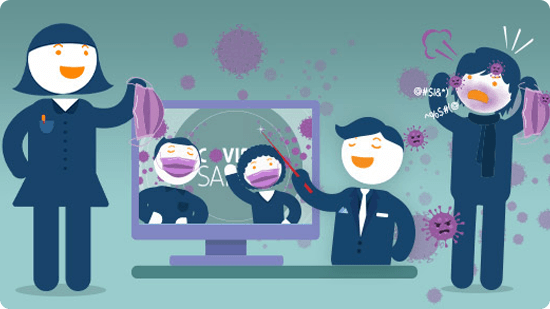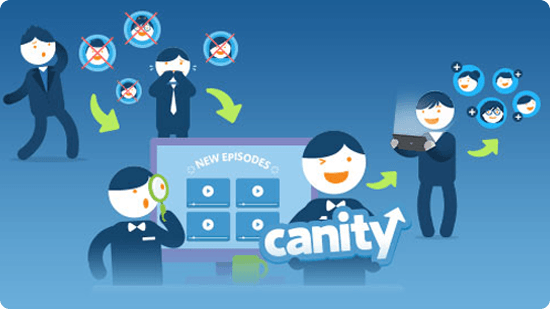In 2015, Millennials (adults currently aged 18 to 35) became the largest percentage of employees currently active in the workforce.
Yes, those new kids on the block with their hair gel, razor scooters and backwards-hat attitudes have slowly become every member of Gen X’s worst nightmare, destined to bring the world’s economy crumbling to its knees. While this news may invoke its fair share of misguided cynicism, I, at 24, find myself sitting pretty in the millennial sweet spot, awash with a newfound sense of childlike optimism as to what the future may hold.
Gen X may have been reluctant in passing the torch, yet there is no delaying the inevitable. So what is it exactly that has brought along this dramatic shift in the professional landscape? Well, other than the fairly obvious passage of time currently seeing the majority of Millennials completing apprenticeships, finishing university and entering the workforce, there is every Baby Boomer and Gen X’s kryptonite playing a significant role: technology.
We Don’t Need Roads
For as long as I can remember, I’ve been dreaming of two things: the ability to grow a beard, and flying cars. However, my wheels remain firmly on the ground, and my face still resembles a prepubescent wasteland of despair, with the exception of an occasional, particularly suspect moustache. Although we haven’t quite reached the technological heights we were once promised, we have made some impressive strides in recent years. For some generations, these rapid advances are a cause for concern. For Millennials and members of Gen Z, however, technology is—and always has been—an essential part of life.
When was the last time you went 24 hours without using a piece of modern technology? Smart phones, smart watches, smart televisions, smart toasters… We’re not just living in an age of technological efficiency; we’re living in an age where we demand it.
Condensed Content, Increased Learning

As more and more technology becomes readily available, it’s no surprise that there’s an equal—if not excessive—amount of content being created. But where do we find the time to consume it all, to absorb it? 140-character tweets, YouTube videos—our attention spans are shorter, and we’re simply getting better at filtering out what’s essential and unessential.
Whether it’s entertainment, finance, construction, hospitality, health or law, all businesses share one thing in common: the unavoidable need for effective, engaging staff training. For Baby Boomers and Gen X, the old model of sitting in a boardroom or attending a seminar seemed to do just fine, because a more efficient alternative didn’t exist or wasn’t readily available. For tech-savvy Millennials, however, online micro-learning has provided a far more pragmatic solution to the issues surrounding staff training.
Do I Have Your Attention?
Training staff with online micro-learning is a degustation menu: bite-size concepts presented in concise, fun and focused lessons. As opposed to offline staff training: the educational equivalent of a food challenge, in which competitors attempt to eat their weight in hotdogs in under an hour.
(I apologise for the food metaphors… I’m hungry)
Remember when I told you that back in 2015 Millennials became the largest percentage of employees in the workforce? Well, current estimates predict that by 2025, Millennials will account for 75%. And with the average Millennial possessing an attention span of just 90 seconds, the time to switch to online micro-learning to train your staff is now. Don’t force your staff to eat all of their hotdogs in one sitting. Canity allows your staff to train where they want, when they want.













